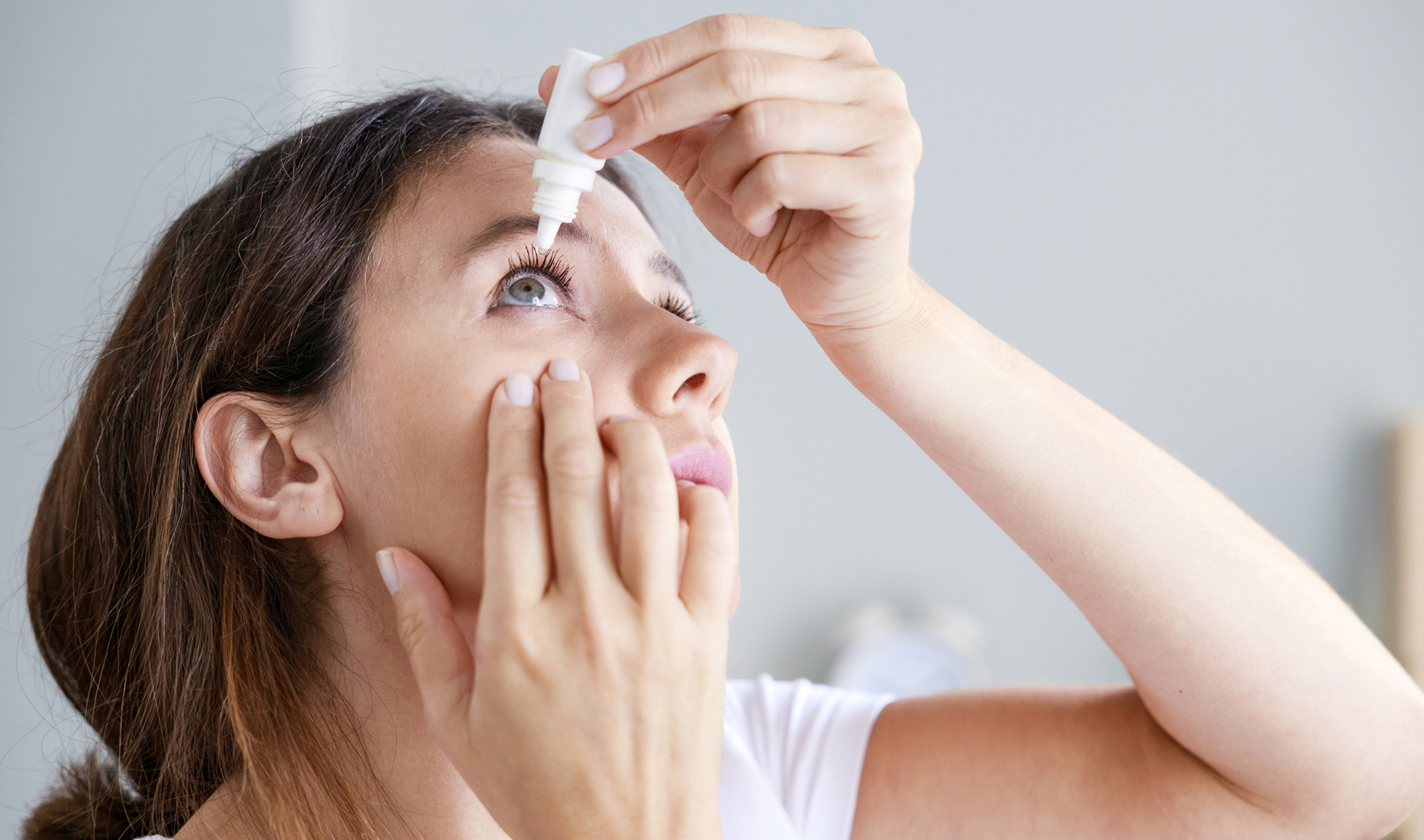Conjunctivitis is an inflammation of the protective membrane (conjunctiva) lining the inside of your eyelids and the whites of your eyes.
When you have conjunctivitis the blood vessels in your conjunctiva become inflamed.
This causes your eyes to appear red or pink – this is why conjunctivitis is more commonly known as “pink eye”.
It will typically resolve without treatments after a week or so, but medicines can be used to clear it up quicker.
What Causes Conjunctivitis?
The main types of conjunctivitis are bacterial, viral, allergic, and chemical. These types each have different causes. Some are highly contagious, and others are not.
Allergic conjunctivitis: Allergy causing substances like pollen, dust, and other substances can be seasonal or ongoing triggers of conjunctivitis. Contact with these substances will result in result in pink eye. This type of conjunctivitis is non-contagious.
Chemical conjunctivitis: Inflammation can also be caused by contact with chemicals. Examples of these irritants are air pollution, cosmetics, chlorine (e.g., in pools), soap, or shampoo. You may have experienced this type of conjunctivitis when soap or shampoo gets in your eyes while showering. It is not contagious.
Viral conjunctivitis: Usually caused by the same viruses that cause the common cold it is highly contagious. It can be caused through contact with contaminated droplets from someone who is sick, or through hand-to-eye contact.
Bacterial conjunctivitis: This type of conjunctivitis is what most people would consider “pink eye”. It is caused by bacterial infection and is common in infants and children. Staphylococcal or streptococcal bacteria are the most common organisms which cause it. It is contagious and often transferred through touching your eyes with contaminated hands or by sharing personal items.
Symptoms of Conjunctivitis
- Redness:The whites of the eyes look red or pink and swollen due to inflammation of the blood vessels.
- Eye discomfort:Irritation, itching, soreness, and a gritty sensation in the eye. But it is not usually painful.
- Discharge:A sticky, white or yellow fluid or discharge may accumulate in the corner of the eyes, particularly upon waking up.
- Crust formation:Dried discharge can form crust along the eyelashes or eyelids. This can accumulate overnight, causing difficulty opening the eyes when you wake up.
- Blurred vision:In cases with heavy discharge vision may be affected. Vision may be blurred by discharge, but this should be cleared by blinking.
- Watery:The eyes may be watery or teary due to discomfort. Often more common with allergic of viral conjunctivitis
How do you treat Conjunctivits?
Eye Drops and ointments
An antibiotic eye drop or ointment (Chloramphenicol) can be used to help shorten the length of infection. Lubricant eye drops can provide some relief from eye discomfort and stickiness caused by conjunctivitis.
Self-Care
- Regularly wash your hands, especially before touching our eyes or applying eyedrops
- Clean away crust and discharge with a clean cloth or disposable cotton swab soaked in warm water.
- Don’t share items like pillows, facecloths, towels, face cosmetics, or pillows.
- If you have allergic conjunctivitis, try to identify what may be causing it and avoid it.
Contact Lenses and Conjunctivitis
If you wear contact lenses you are at greater risk of serious eye infections or eye ulcers. Contact lens users may also develop giant papillary conjunctivitis a type of allergic conjunctivitis.
If you develop conjunctivitis you must:
- Stop wearing contact lenses until your symptoms completely clear up, or until 24 hours after your last dose of any eye drops or ointment.
- Discard any disposable lenses, and contact lens cases you are using.
- If your lenses are non-disposable, thoroughly clean your lenses and containers before re-using.




















Community